In this edition of Sliced, the 3D Printing Industry news digest, we cover the latest business developments, partnerships, and acquisitions across our industry.
Today’s edition features updated quality assurance guidance, fresh funding for US universities, a new CFO at 3D Systems, Singaporian marine technology and 3D printed miniature satellites.
Read on for the latest news from Satair, ZARE, Simufact, 3DEO, VELO3D, 3D Systems, 3D Lifeprints, CADEX, CRP Technology and more.
Aerospace developments from Satair, Open Additive and CRP Technology
Beginning with the latest aerospace developments, aircraft part manufacturer Satair is using HP’s additive manufacturing technology via service provider Fast Radius, to produce redesigned tooling components. Utilizing HP’s full colour 3D printers will enable Satair to accelerate the production and sustainability of its new aircraft maintenance tools. The project has already yielded GAGS tool pads, flap zero locking tools and pintle bearing alignment tools, all of which are industry compliant. Manufacturing took place at Fast Radius’ AS9100-certified Chicago facility using HP’s Jet Fusion 580 Color 3D printer. Resulting products exhibited an improved strength-to-weight ratio, and lead times were halved as a result of the printing method used. Manufacturing took 40 days in total, and the companies are continuing to seek viable tooling applications, as they aim to expedite aircraft maintenance and reduce flight delays.
“Airlines rely on us when it comes to on-time delivery of urgently needed parts, and to keep this promise, we have to constantly challenge our supply chain and logistics set-up,” said Felix Hammerschmidt, Head of Additive Manufacturing Solutions at Satair.
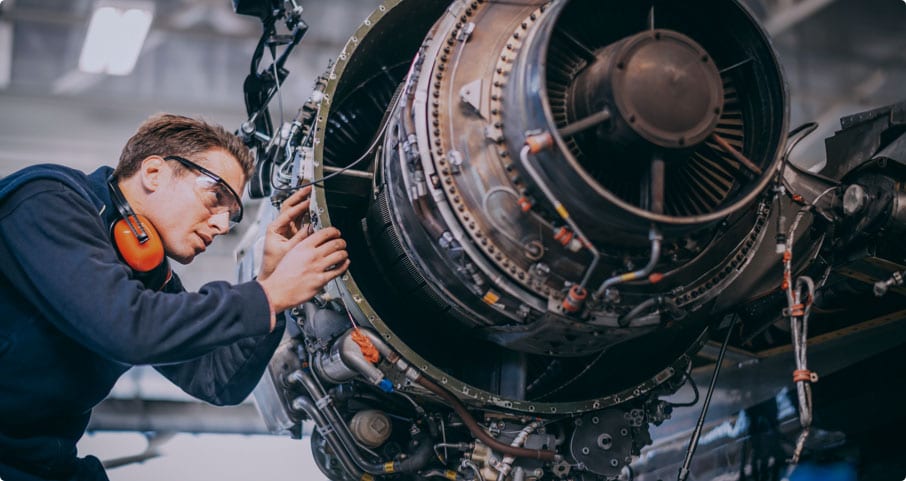
Metal 3D printing company Open Additive has been awarded a 27-month Air Force Commercial Readiness Program (CRP) contract worth $2.94 million by the Air Force Research Laboratory. The contract, named “Open Systems Platform for Multi-Laser Additive Manufacturing”, has been issued to industrialize and scale its large-format laser PBF technology. It will also build on the company’s existing innovation portfolio, and research efforts to create open-architecture LPBF systems with advanced processing and in situ monitoring capabilities. In addition, the funding allows Open Additive to develop and demonstrate its prototype quad-laser metal AM system. The 3D printer enables full user control of processing parameters, multi-sensor monitoring and feedback control, and features an integrated heated build plate with 600 x 600 mm build area. The system passed an initial technical review in February, although development is ongoing.
“This effort paves the way to extend the versatility and advanced capabilities of our smaller systems to a much larger and more capable platform for the defense industrial base. “We’re excited to support the Air Force push in this direction,” said Dr. Ty Pollak, President of Open Additive
Italian-based 3D printing company CRP Technology has successfully 3D printed the second edition of the AlbaPod PocketQube mini-satellite for British aerospace company Alba Orbital. The device, designed to be used for space research, was created using commercially available electronic components, and has a size of 5 cm cubed and a mass of no more than 250 grams. Using CRP’s upgraded Windform XT 2.0 carbon composite materials and SLS 3D printing, the company was able to reduce the mass of a number of major components. The satellite is therefore 60% lighter than its predecessor, the AlbaPod v1. Six of the satellites were successfully launched into orbit in December 2019, and Alba Orbital plan to launch another cluster later in 2020.
“3D printing allows us to rapidly improve design and customise/create bespoke launchers in the future for demanding payloads which may fall outside the Pocketqube standards or require special considerations. It will also allow the fast integration of new release mechanisms allowing us to switch manufacturers comparatively quickly and easily if problems with supply chain arise,” said the Alba Orbital team.

Updated quality assurance measures and new certifications in 3D printing
Certification company Lloyds Register and technology quality assurance group TWI have released updated guidance notes for additive manufacturing certification. Regulators issued initial advice in February 2016, to help manufacturers establish the safety of 3D printed parts, and the latest version introduces changes to reflect developments in the industry. The notes provide goal-based guidelines for the certification of parts produced using AM processes, including powder bed fusion (PBF) and directed energy deposition by laser and Wire + Arc AM (WAAM).
“AM processes are increasingly being used in industry, but the uptake has been hindered by a lack of understanding of how to control the quality and reproducibility of the parts made and how to qualify and certify these parts for use. These guidance notes are designed to help chart the way through what can at times appear to be a confusing set of requirements and to establish what the appropriate requirements for certification are,” said Paul Goodwin, PPL and PBF Lead at TWI.
Los Angeles-based metal 3D printing company 3DEO has been awarded ISO 9001:2015 certification for its quality management services. The additive manufacturer says that the global standard qualification represents a major step towards its goal of being “the world’s highest quality, data-driven factory of the future.” 3DEO was reportedly able to achieve the qualification which usually takes 12 months, in just three, due to the company’s built-in process control and quality production methodology.
“We were very excited to implement ISO 9001 and achieve this world-class certification. Our starting point was a controlled process that provided us a stable base to work from. The certification has been very helpful in further accelerating our continuous improvement program throughout the entire organization. We’re looking forward to continuing our work in this area and excelling at our ISO and industry specific certification requirements in the coming years,” said Marty McGough, Chief Operations Officer at 3DEO.
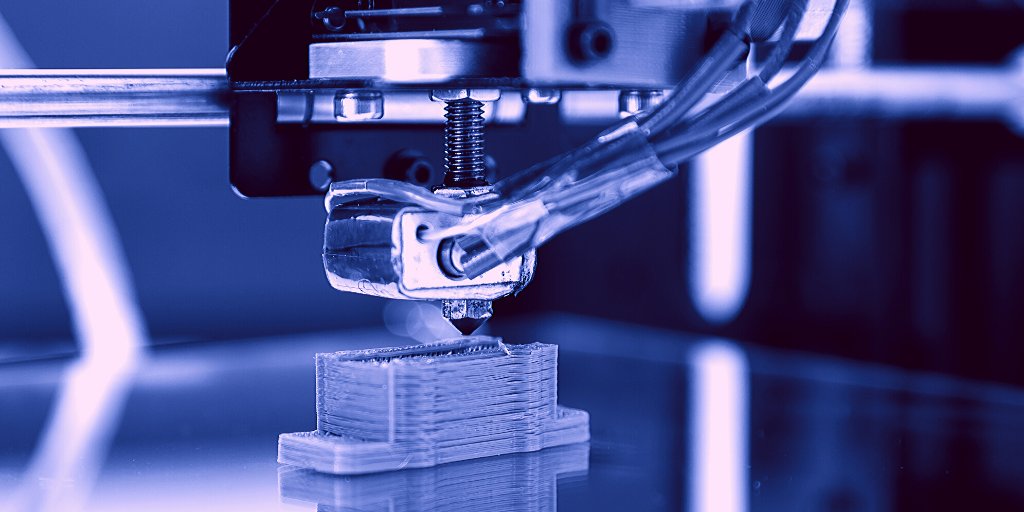
Singaporian coalition investigating maritime AM applications
Singaporian organizations The Port Authority (MPA), The Shipping Association and local AM cluster NAMIC, are collaborating to produce 3D printed parts for the maritime industry. As part of the Joint Industry Programme (JIP), the group aims to establish if it’s commercially viable or technically feasible to 3D print maritime components. While the JIP assesses the relevant regulatory requirements, they are also considering further testing and certification projects with interested technology companies.
The business group completed the first phase of its plan last year, putting together a database of nearly 600,000 maritime orders. One hundred of the spare part orders were shortlisted for production based on factors such as proposed value, order frequency and lead time, and these were passed on to JIP partners. The iterative process allowed the companies to formulate a methodology for choosing suppliers, and led into a second phase, where the group is now inviting proposals from potential suppliers.
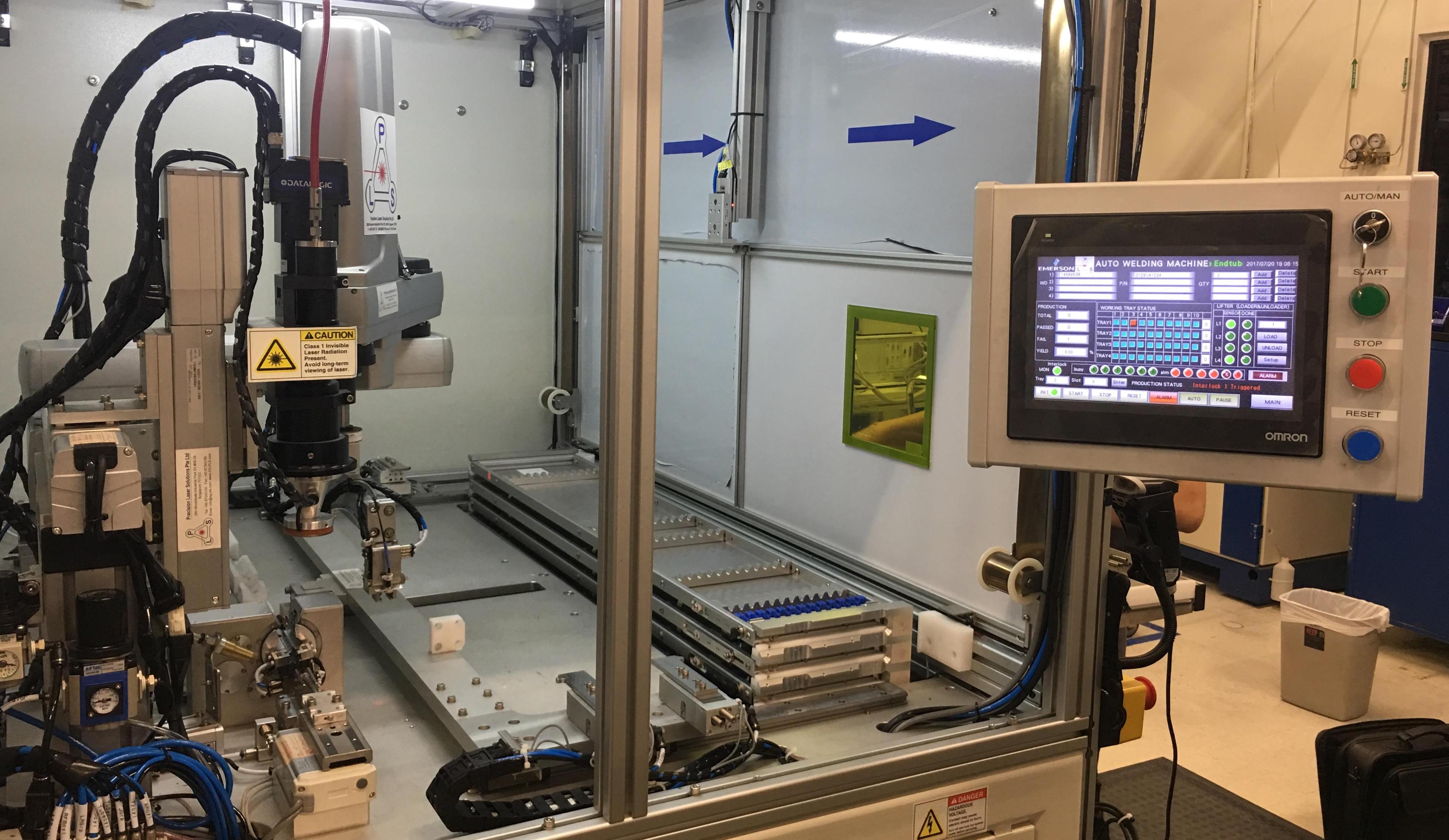
3D printing medical news from Dimension Inx, REGEMAT and 3D Lifeprint
Dimension Inx, a biofabrication company from Chicago, has been granted a US patent for its medical 3D painting system. The platform, which is now patent-protected in Japan, Australia and the United States, allows customers to design and manufacture biomaterials for organ and tissue repair or regeneration. The company’s system accelerates the 3D printing process by allowing products to dry at room temperature, and this removes the need for sintering or cross-linking, which can impact on bioactivity. The newly acquired patent covers Dimension Inx’s compositions, materials and methods for producing and 3D printing high-particle-content 3D inks.
“The award of this patent recognizes the novelty and value of the 3D Painting System. The innovation protected here overcomes hurdles faced by other 3D printing and bioprinting methods. [It] enables, for the first time, the ability to create and rapidly 3D print an extensive range of biomaterials without heat or other processing techniques that limit or destroy bioactivity,” said Dr. Jakus, CTO at Dimension Inx.
Spanish bioprinting company REGEMAT 3D has utilized its 3D printing technology to develop temperature controlled extrusion syringes. The device’s refrigeration system enables researchers to maintain temperatures between -20ºC and 100ºC, allowing them to 3D print materials that require low temperatures for curing.
The syringe’s heating system meanwhile, is able to maintain a stable temperature of more than 50ºC, allowing materials such as Alginate, to be kept in a liquid state for bioprinting with REGEMAT’s 3D printers. Using the company’s systems, scientists can produce composite structures using different biocompatible materials within the same process. Available in metal or glass versions, the syringes can withstand temperatures up to 250oC, allowing scientists to keep cells alive during bioprinting experiments and transfer the results for use in living beings.
Medical 3D printing firm 3D Lifeprints has agreed a contract with the UK-based Leeds General Infirmary NHS Trust (LGI) to provide 3D medical modelling service for its paediatric cardiology team. The software enables cardiologists to visualise 3D rendered patient anatomy, derived from CT and MRI imaging for complex cases, and 3D print selected models on site. 3D LifePrints has set up a custom online platform to facilitate this service, which allows the Leeds team to securely upload patient imaging, add notes and track case progress. The company is already well represented in the North of England, with medical 3D Printing Hubs in Liverpool and Greater Manchester, and are hoping to develop ties in Leeds over the coming years.
“We are really pleased with this new partnership with a tech savvy team of cardiologists at the LGI. The clinicians already have experience utilising digital reconstructions and 3D printed models; and see the value they add to team discussions and presurgical assessment and planning,” said Michael Richard, Head of Engineering for 3D LifePrints.
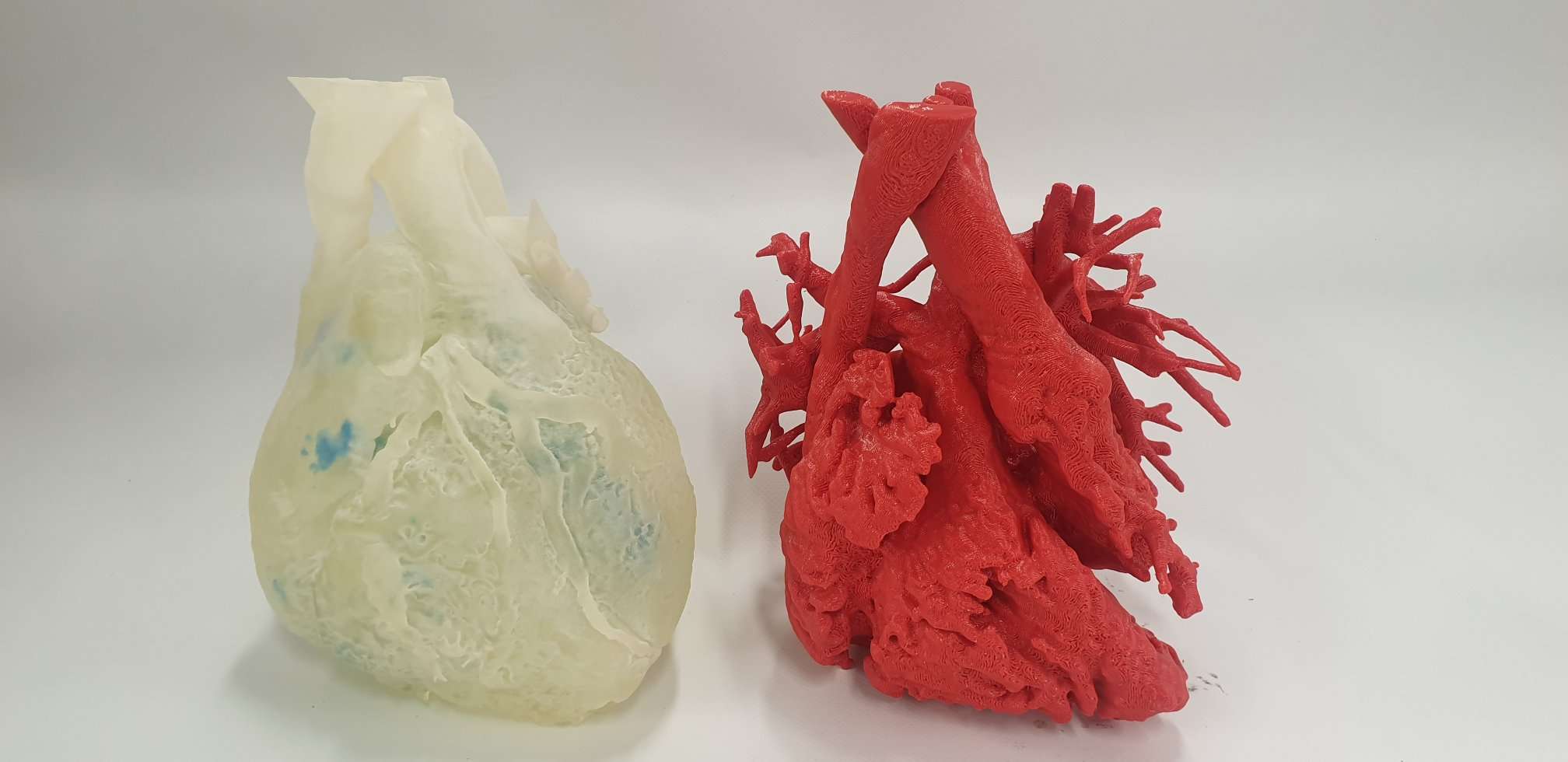
New material launches and processes in 3D printing
Germany-based adhesives specialist DELO has developed a new range of materials for liquid additive manufacturing. Designed to be utilized in automotive and microelectronic applications, the transparent, flexible new liquids can be combined into one 3D printing process. The resins can be tailor-made depending on the flexibility, transparency, or conductivity required, reportedly enabling the creation of structures with wall thicknesses of less than 500 µm depending on equipment. Processed materials don’t require subsequent heating, only curing using a UV light, and their properties are said to be comparable to plastics such as polyamide or PEEK.
VELO3D, the Californian metal 3D printer provider, has developed a new manufacturing process, allowing its customers to 3D print in aluminum F357 on its Sapphire metal 3D printers. The alloy, which is suitable for PBF systems, enables products to be manufactured that could only previously be created using additive casting. While other metals such as AlSi10Mgare are more commonly used in AM, aluminum F357 can be anodized and shares characteristics with A356, an alloy which is widely used for casting. The method was co-developed by automotive company PWR, who chose aluminum F357 due to its “thermal performance, machining and weldability,” according to General Manager, Matthew Bryson.
“Aluminum F357 has already been certified for mission-critical applications, unlike some exotic alloys, so it was a logical addition to our materials portfolio. We will continue to add more compatible materials that enable customers to print parts they couldn’t before, yet with even better material properties than traditional manufacturing,” said Benny Buller, Founder and CEO of VELO3D.
3D printing materials company DOMO Chemicals has announced a partnership with Italian service bureau ZARE. The deal will see DOMO’s Sinterline Technyl powders combined with Zare’s production capabilities, to broaden their value proposition to customers in the automotive and consumer electronics industries. In addition, DOMO aims to use its Sinterline HUB service to increase the potential of 3D printed parts, and support customers from design and material selection through to parts testing.
“Through our partnership with ZARE and their parts production capabilities, our offering will be a reference for OEMs and tier parts suppliers. This will help drive us further up the value chain of 3D printed parts with solutions that materialize high performing components for very demanding markets,” said Dominique Giannotta, Sinterline Program Leader.

LAMDA awarded more than $4m in funding
The Louisiana Materials Design Alliance (LAMDA) has received $4,334,588 in funding from the National Science Foundation. In a decision made by Senate Appropriations Committee member John Kennedy, funding was awarded to promote 3D printing research and education programs in universities across the state. Institutions set to benefit from the decision include Louisiana State and Tech Universities, Southern University and A&M College, Tulane University and the University of Louisiana at Lafayette. The funding will be used to support LAMDA’s new courses, additional technology, the hiring and mentoring of new faculty, and training for community college educators.
“The manufacturing industry plays a critical role in both state and national economies, and 3D printing will help take it to the next level. This funding will help educate university students and better equip Louisiana’s workforce,” said Senator John Kennedy.
Business news: New interim CFO at 3D Systems, distribution deal for 3D Printz
Polymer and metal 3D printing OEM 3D Systems has announced that Wayne Pensky, former Chief Financial Officer (CFO) of Hexcel Corporation, has been appointed interim CFO of 3D Systems. Pensky served as CFO of Hexcel for 10 years, and during that time, revenue doubled to more than $2 billion and its net income grew nearly four-fold. Prior to that, he held a variety of financial leadership roles including Head of Finance, Corporate Controller and Chief Accounting Officer, during a 27 year spell with the company. 3D Systems will continue to search for a permanent replacement for Todd Booth, executive vice president and CFO, who resigned from the company to pursue other opportunities.
“I am excited and grateful to have a person of Wayne’s caliber take a pause in his retirement to join our leadership team on an interim basis. Wayne is a seasoned CFO with tremendous experience and a proven track record who will help ensure that we make meaningful progress during this transition period,” said incoming 3D Systems President and CEO Jeff Graves.
UK-based 3D printing company 3D Printz Ltd has become the sole UK distributor of South Korean supplier Antclabs’ BLTouch product. The award-winning auto bed levelling sensor, which Antclabs’ claims is small and easy to install, has been developed specifically for use in 3D printers. The sensor has a standard deviation of just 0.005mm, and is operational on every bed material, including glass, metal and wood. Paris Kyung-yeon Lee, founder of Antclabs and inventor of BLTouch, said the Seoul-based manufacturer was “delighted” to be partnering with 3D Printz to gain a greater foothold in the UK market.
“There are several imitations on the market at the moment, but their performance simply isn’t comparable with the BLTouch. This is a high-quality bed levelling sensor that will help you level your bed with ease, and works with all types of print bed surfaces, such as glass, PEI and even flex plate systems,” said 3D Printz director Peter Roberts.
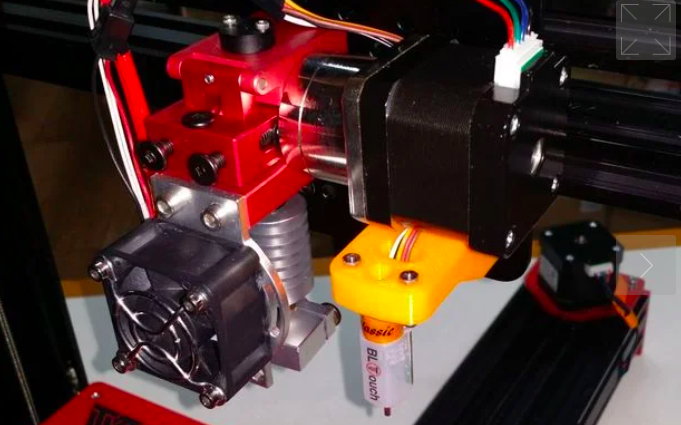
Software upgrades in additive manufacturing
Computer-Aided Manufacturing (CAM) software developers DP Technology, has released new software called ESPRIT Additive for Powder Bed Fusion. The program, which comes as an add-on application for the computer-aided design (CAD) program SolidWorks, increases the number of AM processes it supports. The new software which is compatible with any file supported by SolidWorks, automatically assigns exposure strategies based on inputs from the user. The update also introduces a slicer, which increases accuracy thanks to a parametric workflow model, and once the part is ready to slice, it can be imported to the job environment as many times as needed.
“This optimized workflow saves our users even more time by eliminating the need to repeatedly define the manufacturing information. Additive for Powder Bed Fusion improves consistency by ensuring a part is built the same way each time and maintains traceability by recording each step from the original 3D CAD file,” said Clement Girard, Product Manager for Additive Solutions for DP Technology.
3D printing software company CADEX has released an update for its CAD Exchanger software. With the addition of four new file formats: PTC Creo, Siemens NX, 3MF and DXF, version 3.8.0 of the program supports more than 20 CAD file formats. Other upgrades include PMI support improvements, increased support of exploded views in CAD Exchanger SDK, and enhanced C# and Java support in CAD Exchanger SDK. The update also includes enhancements for its first proprietary file format SOLIDWORKS. This allows users to simplify work with assemblies by using the external references mechanism that links external files, to carry precise geometrical representations (B-Reps). Additive manufacturers can therefore produce a fraction of a whole assembly, without disclosing the whole assembly.
‘By introducing new formats we help our end-users to expand their business by enabling collaboration with a broader range of partners, suppliers and customers as CAD Exchanger allows them to speak more and more “CAD languages,” said Roman Lygin, CEO and Founder of CAD Exchanger.
Global engineering firm Renishaw has teamed up with 3D printing software developer Simufact to streamline additive manufacturing build preparation. The collaboration will see Renishaw’s QuantAM software integrated into the Simufact Additive 2020 process simulation tool. The companies aim to improve the simulation of the complex metallurgy within commonly used materials, to predict and compensate for stress and distortion during the printing process. The new package provides users with an error-free data transmission from Simufact Additive directly to Renishaw systems, covering the entire work process from design to printed part.
“With the integration of the QuantAM build processor, we can provide an end-to-end build optimization process, helping the users of Renishaw systems to produce AM components with repeatable dimensional accuracy right first time,” said Dr. Hendrik Schafstall, CEO and Managing Director at Simufact.
The nominations for the 2020 3D Printing Industry Awards are now open. Who do you think should make the shortlists for this year’s show? Have your say now.
Subscribe to the 3D Printing Industry newsletter for the latest news in additive manufacturing. You can also stay connected by following us on Twitter and liking us on Facebook.
Looking for a career in additive manufacturing? Visit 3D Printing Jobs for a selection of roles in the industry.
Featured image shows the Sliced logo on an image of Salt Lake City International Airport. Photo via VELO3D, Maxar Technologies.


